“Today’s wind turbines are based on an age-old concept. It is now time we use
modern physics to bring wind energy to a new era.”
This revolutionary concept delivers unprecedented benefits:
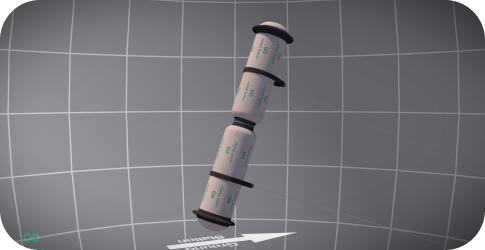
Extra light footprint
Quick Deployment
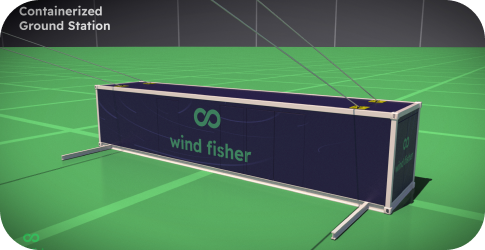
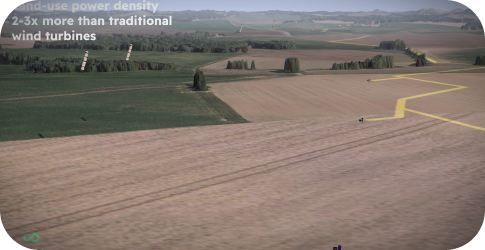
Everywhere
Suitable for both low and high wind regions, addressing a limitation of classic wind turbines.
Safer Wind Energy
Safe takeoff due to the lighter-than-air design.
Safe flight: the Magnus effect ensures stable flight when reacting to wind gusts.
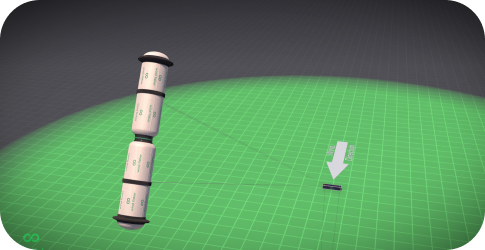
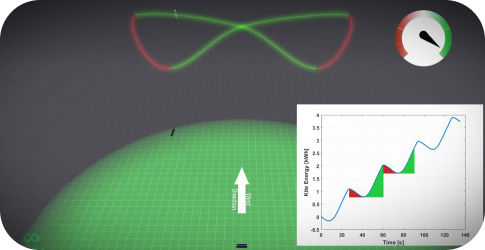
Cost-Effective
Thanks to a high load factor of 65%, twice that of a traditional wind turbine, and low-cost design, the MAG offers a very competitive cost of energy.

This project has received financing from
the French government in the framework of
the Investments for the Future Programme
(PIA – Programmes d’Investissements d’Avenir).

To display posts, you have to be connected on your X account.
© Digital Bonsai Ltd. Wind Fisher 2024, All Rights Reserved.